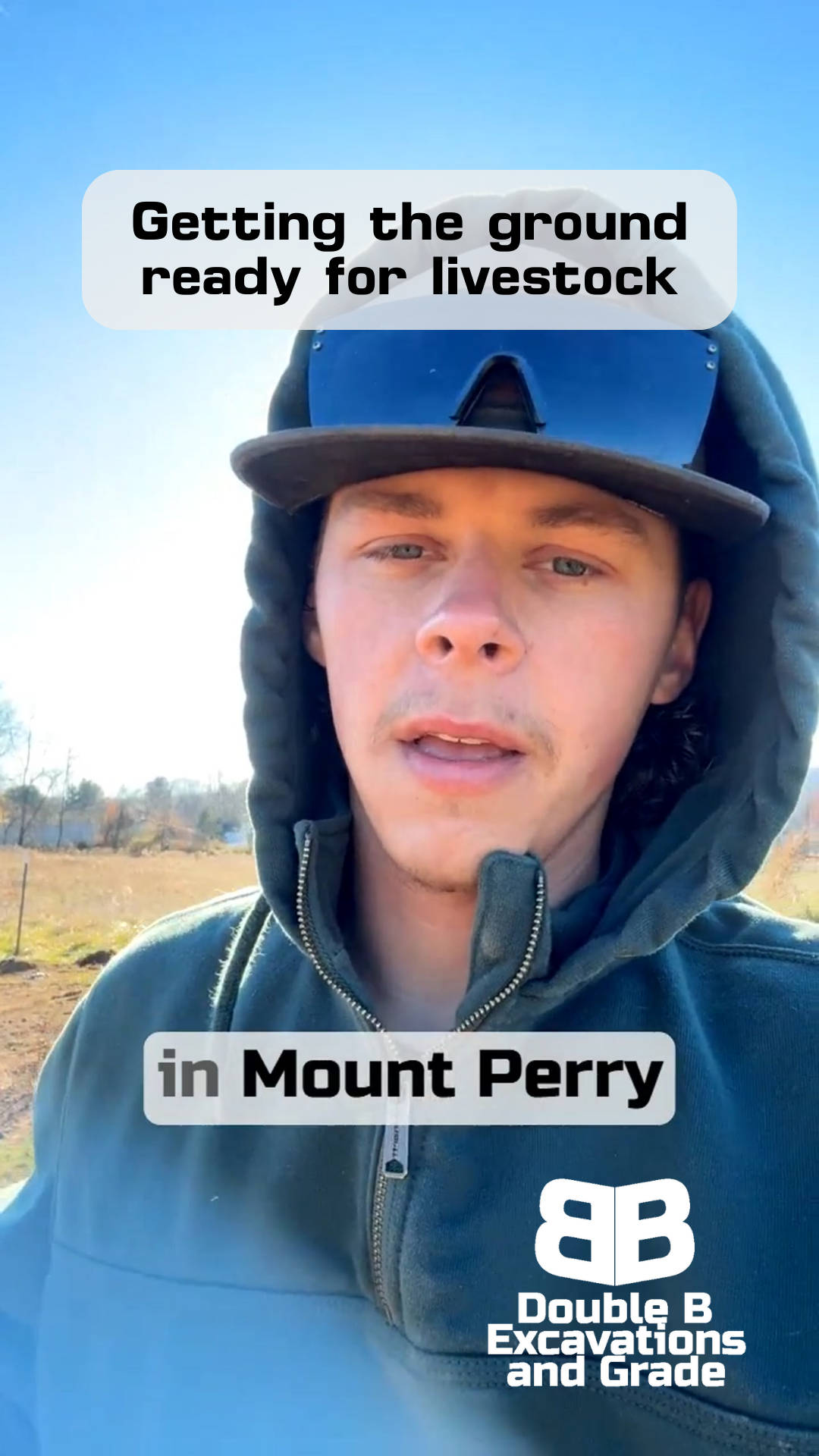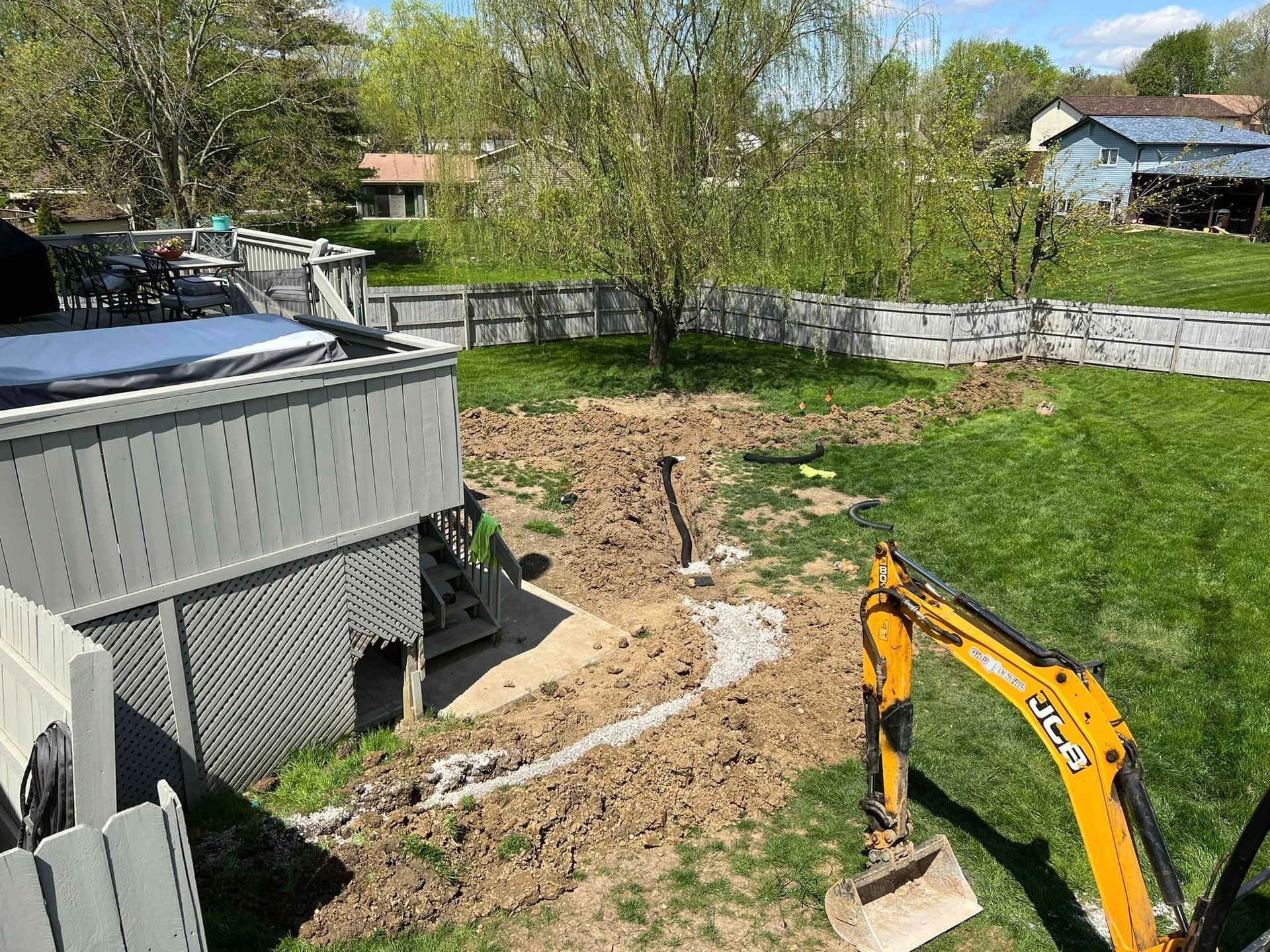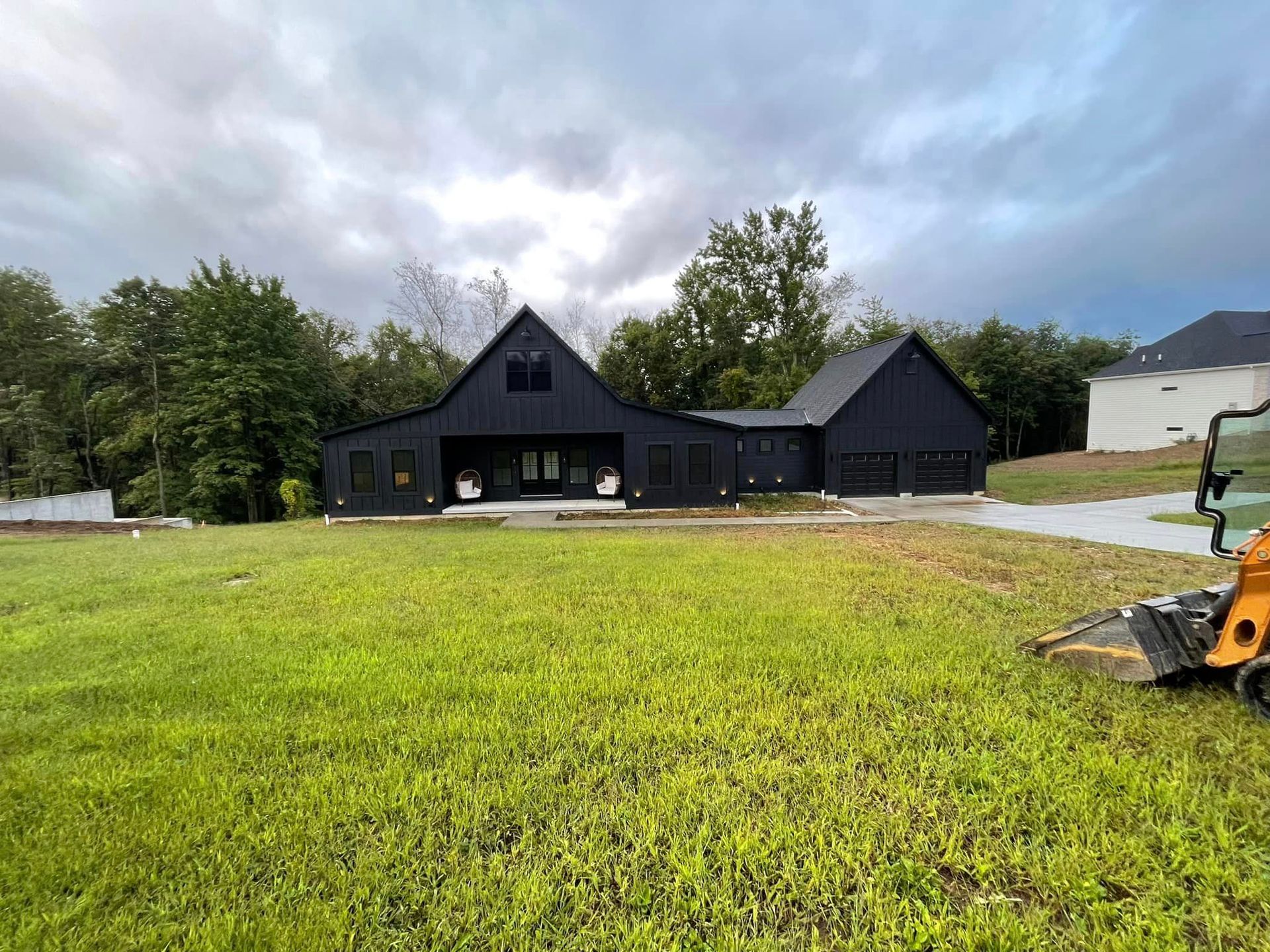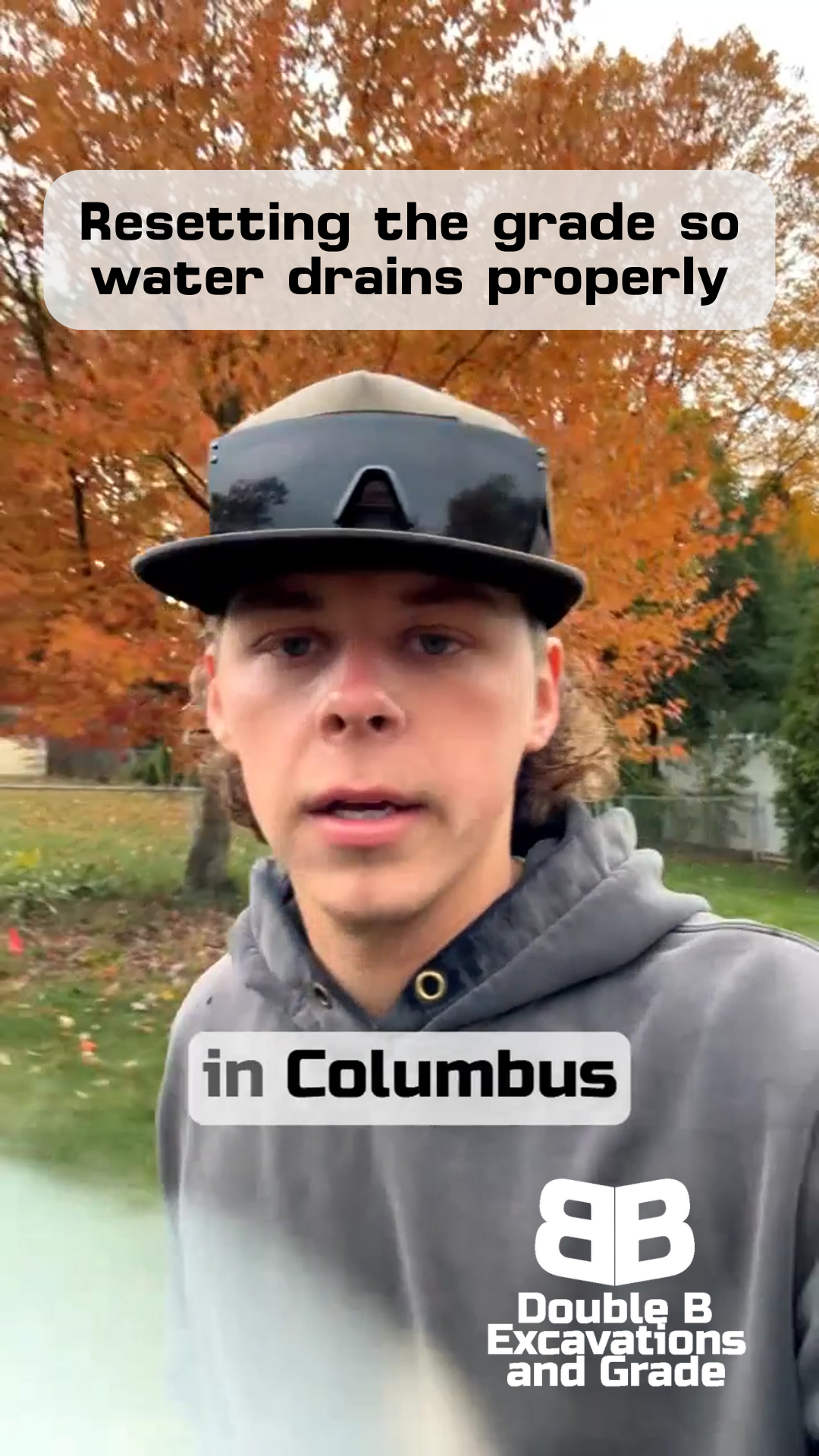The Hidden Step in Gravel Driveway Maintenance That Makes All the Difference
Double B Excavations & Grade LLC
Why Your Gravel Driveway Falls Apart
THE HIDDEN COST OF SKIPPING PROPER GRADING
If you've ever tried to get gravel out of your lawn, you know it's not just annoying - it's nearly impossible.
That scattered stone isn't just an eyesore, it's a headache waiting to happen the next time you mow.
But here's something most people don't realize: those messy edges aren't just normal wear and tear.
They're often the result of skipping one crucial step in driveway maintenance.
At Double B, we see it all the time in Westerville and across central Ohio - gravel driveways that look worn and scattered after just a few months.
While most people blame this on traffic or weather, the real culprit is usually how the driveway was graded.
More specifically, it's about what wasn't done before the grading even started.
Welcome to Double B!
Understanding the Challenge
Let's talk about something called windrows - those raised lines of gravel that form along the edges of your driveway. If you've got a gravel driveway, you've probably noticed them. They happen naturally as vehicles drive over the surface, pushing stone toward the edges. Most contractors just run their equipment right over these windrows during grading, but that actually makes things worse.
When you grade without dealing with these edge windrows first, you're basically pushing gravel where it doesn't belong - right into your lawn. Think about it like this: if you've got a pile of gravel at the edge of your driveway and you run a bucket or blade across it, where's that stone going to go? It's not going back into your driveway - it's heading straight for your grass.
This is why so many gravel driveways end up with that scattered, messy look. It's not because gravel driveways can't look clean and professional - they absolutely can. It's because most people don't know about this critical first step in proper grading.
The Hidden Step: Edge Work Before Grading
Here's where we do things differently at Double B. Before we even think about firing up the skid steer for grading, we tackle those edges first. It's a simple but crucial step that makes all the difference in the final result.
Let me walk you through exactly what we do in Westerville today. Once we spot those windrows along the edges, we get to work beating them down properly. We're not worried about the center windrow just yet - that can wait. Our focus is purely on those edges, making sure we're pushing the gravel back where it belongs: in your driveway, not in your yard.
This isn't complicated work, but it takes attention to detail and the right approach. By working the edges first, we're creating clean, straight lines that'll last. Think of it like taping off the edges before you paint a wall - it's that extra step that separates a professional job from a DIY attempt.
Why This Extra Step Matters
The benefits of this approach show up both immediately and down the road. Right away, you'll notice cleaner lines and better curb appeal. Your driveway looks more professional because the edges are crisp and defined. But the real value comes later.
When you do this right, you're not just making things look better - you're making your driveway easier to maintain. No more fighting with scattered gravel in your grass. No more dreading lawn maintenance because you're worried about stones flying from your mower. And when it's time for future grading or adding stone, you've got a solid foundation to work with.
Sure, it takes a little extra time up front. But ask anyone who's spent hours trying to rake gravel out of their lawn - they'll tell you this prevention is worth every minute. It's another example of how doing things right the first time saves you headaches down the road.
Common Mistakes to Avoid
We see it all too often - contractors rushing straight to grading without handling those edges first. It might save them 15 minutes up front, but it creates hours of problems later. The most common mistake? Running the bucket right along those edges without prep work. Sure, it looks okay for a few days, but soon you've got gravel scattered everywhere except where it should be.
Another big mistake is trying to fix scattered gravel after the fact. Once those stones are in your lawn, they're not coming back to your driveway easily. That's why we focus so much on prevention. Like we say at Double B: "If you ever try to get gravel out of the grass... it sucks." We'd rather spend time doing it right than fixing someone else's shortcuts.
Professional Insights
Take our project in Westerville today. Before we even started the main grading work, we took the time to handle those edge windrows properly. It's not the exciting part of the job - you won't see many contractors posting videos about edge work on social media. But it's these small details that make a big difference in the final result.
Closing
A well-maintained gravel driveway shouldn't be a constant source of frustration. When it's done right, with attention to details like proper edge work, it can look just as clean and professional as any paved surface. The key is understanding that maintenance isn't just about running over it with equipment - it's about knowing the right steps and the right order.
Looking Forward
If you're tired of dealing with scattered gravel or messy driveway edges in central Ohio, remember: it's probably not the gravel's fault.
It's about the maintenance approach. At Double B, we've developed these techniques through years of experience, learning that sometimes the most important steps are the ones most people skip.
Need help getting your gravel driveway back in shape? We're always happy to take a look and show you the difference proper maintenance can make.
Because at the end of the day, it's not just about moving stone around - it's about doing the job right, one detail at a time.








